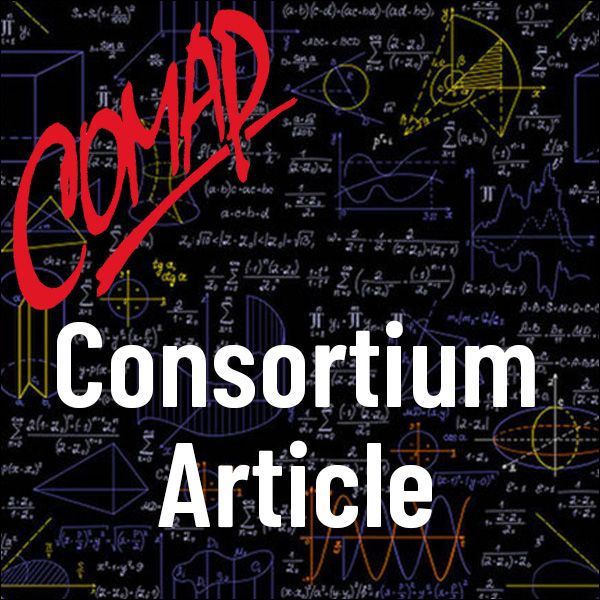Mathematics and the Human Genome Part 3
Author: Joseph Malkevitch
If one believes that species evolve, then one can try to understand what happens at the DNA level. When DNA causes a protein to be made, mistakes can occur due to mutations in the DNA. These mutations may be due to radiation or "mistakes" that are made in the process of replicating the DNA itself. Due to the redundancy of the genetic code it is possible that a mutational change will result in a different collection of letters in the DNA, which result in the same collection of amino acids being "spelled out." Sometimes, however, if one letter gets changed to another or if a letter gets dropped or added, then the protein that might be manufactured by a stretch of coding DNA will be altered.
In such cases the change will cause some molecule to be altered or cause some molecule not to be made which is so important for the organism that the result will be lethal. However, in other cases nothing this catastrophic will happen. Perhaps the change will make the organism "fitter" in some specialized environment.
Historically, the study of evolutionary ideas was carried out very much in the framework of Mendel's genetics, which you will recall did not take into account any mechanism for inheritance, but postulated that there were unchanging structures that resulted in changes in phenotype due to variant "alleles" of a gene, the unchanging "units" of inheritance.

Mathematics Topics:
Application Areas:
You must have a Full Membership to download this resource.
If you're already a member, login here.